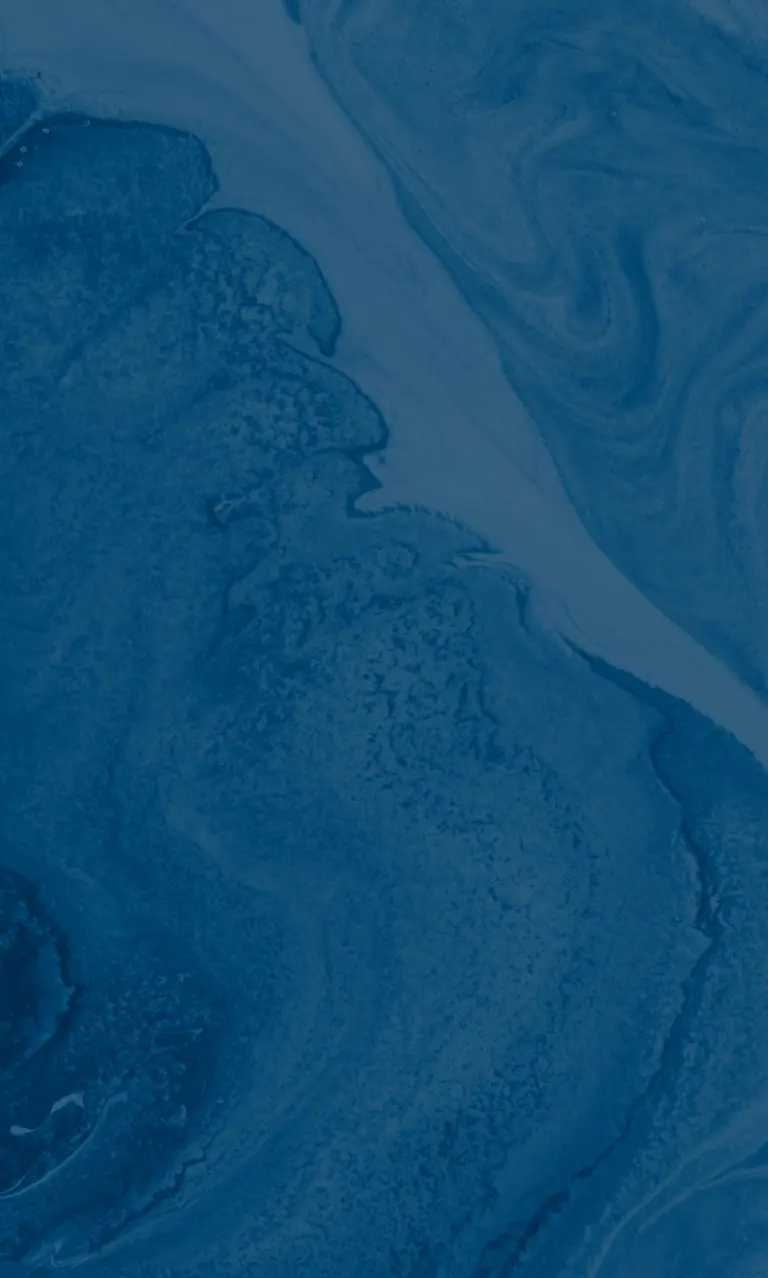Girac Intensive monitoring to deliver high quality bathing water
In 2013, a new classification for beaches, based on readings for 4 successive years, will come into effect as part of a European bathing water quality directive which will be binding on local authorities. Despite major investment, notably in wastewater disposal, water quality in littoral zones can still be affected by heavy rainfall and the natural positioning of beaches within the surrounding environment. Rivers, currents, wind, sun and rain influence the health and environmental quality of bathing water. Storms too can have a detrimental effect on wastewater disposal systems.
Officially recognised in 2006, the GIRAC project's aim was to maintain bathing water quality and, to achieve this, it set about developing a new tool for managing and anticipating the risks of health and environmental deterioration in the microbiological standards of bathing water. The resulting tool can assess and predict short-term pollution due mainly to the impact of rain on the quality of bathing water. Forecasts are based on a twenty-four hour period and are recalculated daily.
GIRAC was tested at four sites – Antibes and Toulon in the PACA region and Brest and St Malo in Bretagne – to cover the different configurations of open and enclosed coastal zones.
The forecasting tool is based on three functions – metrology and terrestrial and marine modelling – so that it can offer more intensive monitoring of the wastewater disposal system and ascertain the exact water quality in a bathing area.
Following risk assessment and forecasting, on-site sampling of the bathing water potentially required can be identified and rapid testing methods deployed to confirm the actual risk and to guide rapid decision-making about whether to close or reopen a beach. The information is forwarded in real time to the authority responsible so that appropriate management decisions – such as the temporary closure of a beach – can be taken and users informed.
The GIRAC project is recognised jointly by the Pôle Mer Bretagne and Pôle Mer PACA.
Partners
Entreprise
- Nke, Hennebont
- Hocer, Brest
- Labocea, Brest
- Littoralis
- Veolia Eau, Brest [Porteur de projet]
Centres de recherche
- Météo France, Saint-Jacques-de-la-Lande
- Ifremer, Brest
Autres partenaires
- IJINUS, Mellac
- Brest
- Saint-Malo
Funders
- FEDER
- Fonds Unique Interministériel
- Conseil régional de Bretagne
- Conseil départemental du Finistère
- Conseil départemental d'Ille-et-Vilaine
- Conseil général du Morbihan
- Brest métropole
- Lorient Agglomération
- Saint-Malo Agglomération
